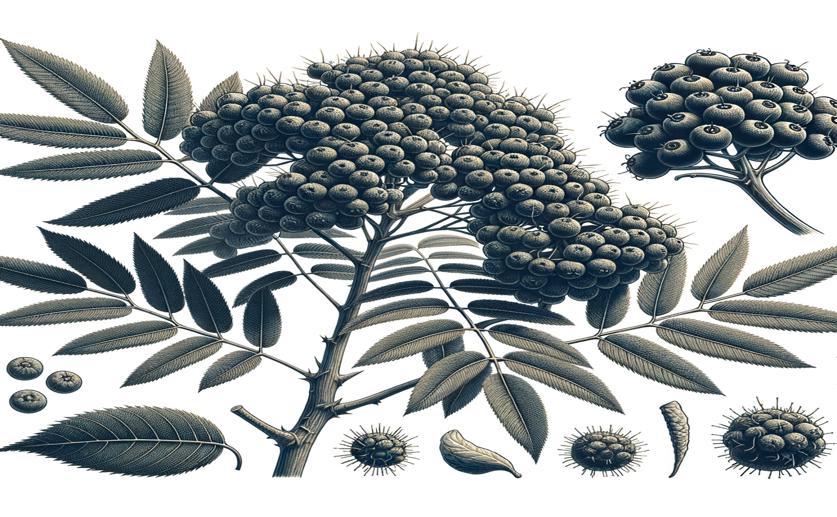
Understanding Panicle Traits and Classification of Chinese Prickly Ash
Jim Crocker
28th August, 2024

Image Source: Natural Science News, 2024
Key Findings
- The study by Chongqing University of Arts and Sciences analyzed 16 panicle traits from 35 Chinese prickly ash germplasm resources over two years
- Researchers found that yield traits like panicle length, width, and grain number were positively correlated with grain chlorophyll content
- Zanthoxylum armatum showed higher yield traits compared to Z. bungeanum, with longer, wider panicles and more grains per panicle
References
Main Study
1) Diversity analysis of panicle traits in Chinese prickly ash germplasm resources and their influence on its systematic classification.
Published 27th August, 2024
https://doi.org/10.1038/s41598-024-70485-5
Related Studies
2) Genome-wide association and high-resolution phenotyping link Oryza sativa panicle traits to numerous trait-specific QTL clusters.
3) The Chemical and Genetic Characteristics of Szechuan Pepper (Zanthoxylum bungeanum and Z. armatum) Cultivars and Their Suitable Habitat.
4) Leaf traits of prickly ash and its correlation with ecological and geographical factors of origin.
5) Evaluation on the phenotypic diversity of Calamansi (Citrus microcarpa) germplasm in Hainan island.



 23rd August, 2024 | Jim Crocker
23rd August, 2024 | Jim Crocker